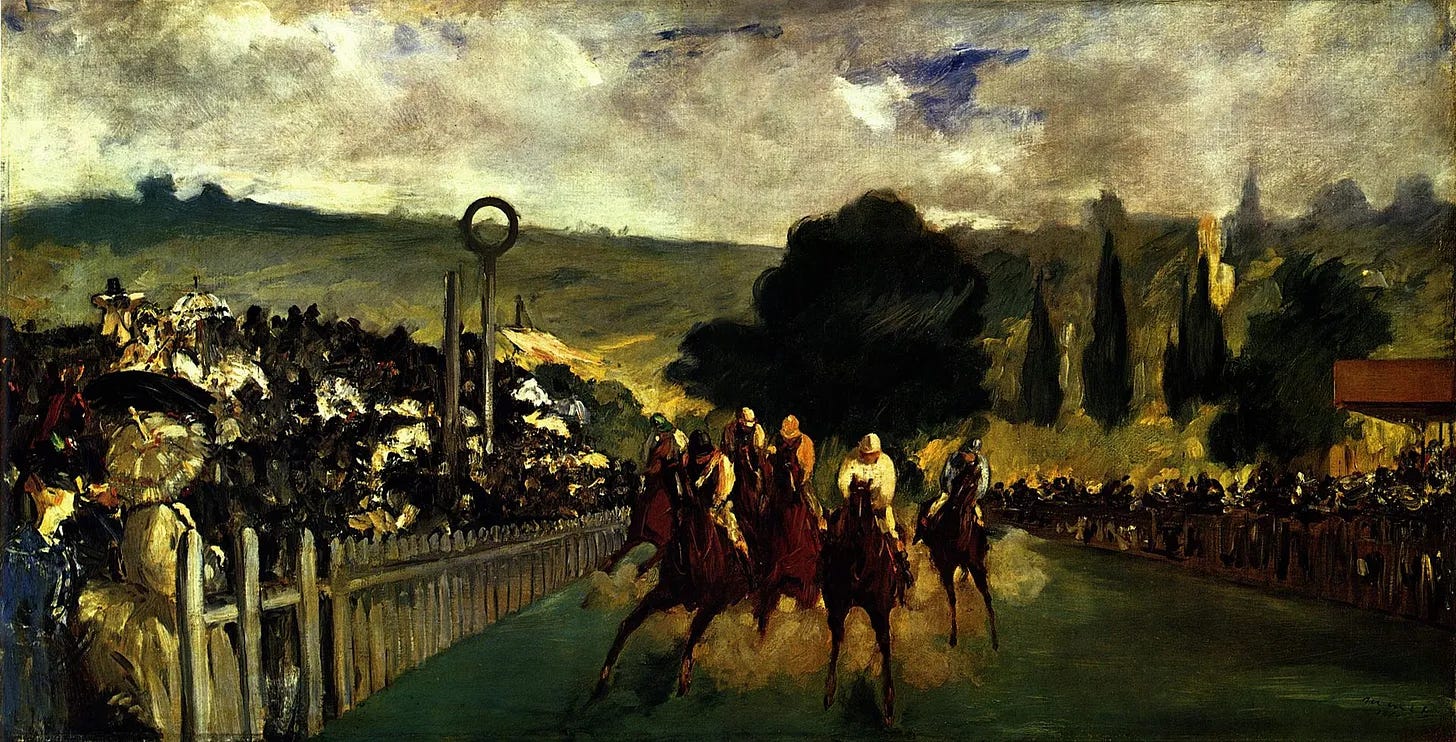Mudder Report Update: 2024 Q4 Forward Test (week ending 11_02)
Strategy 83 is the clear frontrunner...
Important: There is no guarantee that ATS strategies will have the same performance in the future. I use backtests and forward tests to compare historical strategy performance. Backtests are based on historical data, not real-time data so the results shared are hypothetical, not real. Forward tests are based on live data, however, they use a simulated account. Any success I have with live trading is untypical. Trading futures is extremely risky. You should only use risk capital to fund live futures accounts and if you do trade live, be prepared to lose your entire account. There are no guarantees that any performance you see here will continue in the future. I recommend using ATS strategies in simulated trading until you/we find the holy grail of trade strategy. This is strictly for learning purposes.
As a quick reminder, we’re on the hunt for the holy grail of automated trading strategy. If you have any questions, start with the FAQs and if you still have questions, feel free to reach out to me directly at AutomatedTradingStrategies@protonmail.com.
The 2024 Q4 Forward Test Portfolio
Let's dig into how our strategies are performing quarter over quarter. I've started including both Q3 and Q4 results side-by-side for better perspective on strategy evolution. I believe this gives us clearer signals about which strategies are maintaining their edge. Let me know if you'd like to see additional metrics in future updates.
The ATS Q4 Forward Test is tracking approximately 63 strategy variations built from about 20 core strategies. A "strategy" is like the base trading architecture, while "variations" are different configurations of that same architecture. These variations might target different instruments, timeframes, or execution rules. Some calculate on bar close, others on each tick. Some use dynamic position sizing, others maintain fixed size. Every tweak creates a new variation.
The Q4 Forward Test is running a diverse mix of strategies. We've got:
Strategies with built-in risk management
Long-only strategies
Metal-specific strategies
Equity-focused strategies
Scalping approaches
High win-rate systems
Time-based entries
Momentum-driven strategies
AI-generated systems
What I'm really hunting for are strategies that stay robust across multiple variations—those are the ones worth keeping in our arsenal. Subscribers, you'll find a link to a detailed spreadsheet with parameter settings for each variation at the bottom of this post.
For traders new to ATS: the key difference between a backtest and a forward test is the data quality. Forward tests run on live data through simulated accounts, which gets us closer to real trading conditions than historical data (which can be full of gaps and simulation errors). For a quick tutorial on how to build your own forward test, click on the title below.
It’s important to understand that all strategies chosen for Q4 (except for new strategies) were selected because of their performance in previous quarters.
I'm targeting even better performance for Q4, and here's why:
We've cleared out the most volatile strategies from our arsenal—especially those with loose command structures that got caught in Q3's sell-off.
Our position sizing is now calibrated based on overall strategy robustness rather than single-factor performance
We've added 14 new variations, built from our top-performing Q3 strategies
Now, let's zero in on our Q4 results so far, they're telling an interesting story. One strategy in particular is dominating the field. It's what I call my "Frankenstein" creation—I dissected the best-performing entry and exit patterns from the 2023 Forward Test and stitched them together into three versions:
Strategy 83a,
83b; and,
83c.
While 83a and 83b are available for download today, I'm still keeping 83c in the lab for further testing.
Subscribers, click here or on the title below to download Strategy 83a and b.
Okay, let's talk numbers:




